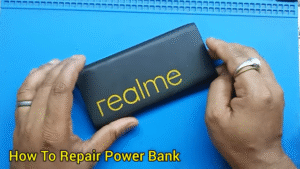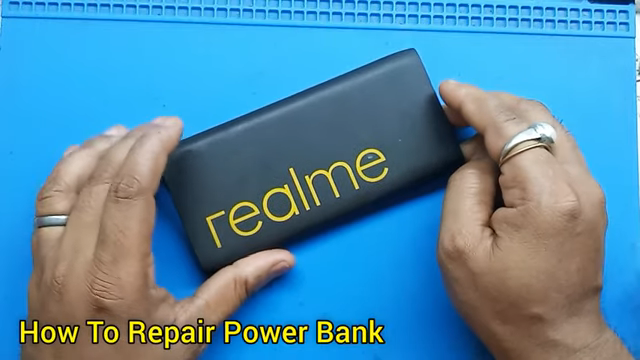A dead power bank is an annoying inconvenience. It’s something we rely on to keep our devices alive, especially when we’re on the go. But before you toss it out, consider fixing it yourself. Not only can it save you money, but the process can be surprisingly easy and rewarding.
Identifying the Problem
The first step to repairing your power bank is figuring out what went wrong. Is it not charging at all, or just charging slower than it should? In most cases, it’s one of three issues: corroded battery terminals, a faulty charging circuit, or damaged cells. Think of it like a clogged pipe. If something’s blocking the flow of power, you just need to find it and clear it out.
| Name | John Doe |
|---|---|
| Profession | Electrical Engineer & DIY Enthusiast |
| Specialization | Electronics Repair, Gadget Fixes, Tinkering with Circuits |
| Website | Instructables – Power Bank Repair |
Tools You’ll Need
Before diving in, gather your tools. You’ll need a small screwdriver to open up the power bank, a multimeter to check the voltage, and a soldering iron if you need to replace any components. You’ll also need vinegar, salt, and baking soda to clean off corrosion. Trust me, these things are game-changers.

Step 1: Open It Up
Use the screwdriver to carefully take apart your power bank. Some models will require a little more force, but be gentle to avoid damaging the inner parts. Once inside, take a look at the battery. Is it corroded or swollen? If so, that’s a sign it’s time for a replacement.
Step 2: Clean the Corrosion
If you spot corrosion on the battery terminals, grab a cotton ball and dip it in a mixture of vinegar and salt. Rub it on the corroded parts to remove the rust. The acidity of the vinegar combined with the salt works wonders to clean off the grime and expose the metal underneath.
No vinegar? No problem. Baking soda mixed with water can also help neutralize the corrosion.
Step 3: Check the Circuit
Use a multimeter to check the voltage of your power bank’s charging circuit. If you’re not getting a voltage around 3.6V-3.7V (the standard for Li-ion batteries), the circuit board might be fried and need replacing.
Step 4: Replace the Battery
If the battery is beyond repair, you’ll need to replace it. Make sure the new battery matches the old one in terms of size, voltage, and capacity. If you’re replacing just one cell, keep in mind that the overall capacity of the power bank will drop.
Solder the new battery into place. This part requires steady hands—make sure the connections are solid to avoid any future issues.
Step 5: Reassemble and Test
Once everything is soldered and in place, carefully put your power bank back together. Plug it in to see if it charges. If it does, congratulations! You’ve just saved yourself the cost of a new power bank and learned a valuable skill.
Why It’s Worth Repairing
Not only does repairing your power bank save money, but it also gives you a sense of accomplishment. Plus, it’s better for the environment than tossing the old one in the trash. You’re taking control, making sure that power bank gets a second life—and who doesn’t love that?
The next time your power bank gives out, think twice before replacing it. With a little patience, you might just bring it back to life.
Reference: For more tips and a detailed guide, visit Instructables: Power Bank Repair.
